- Traverse City, MI |
-
West: W Front St:
(231) 944-6541
-
| Central: Munson Ave :
(231) 421-9300
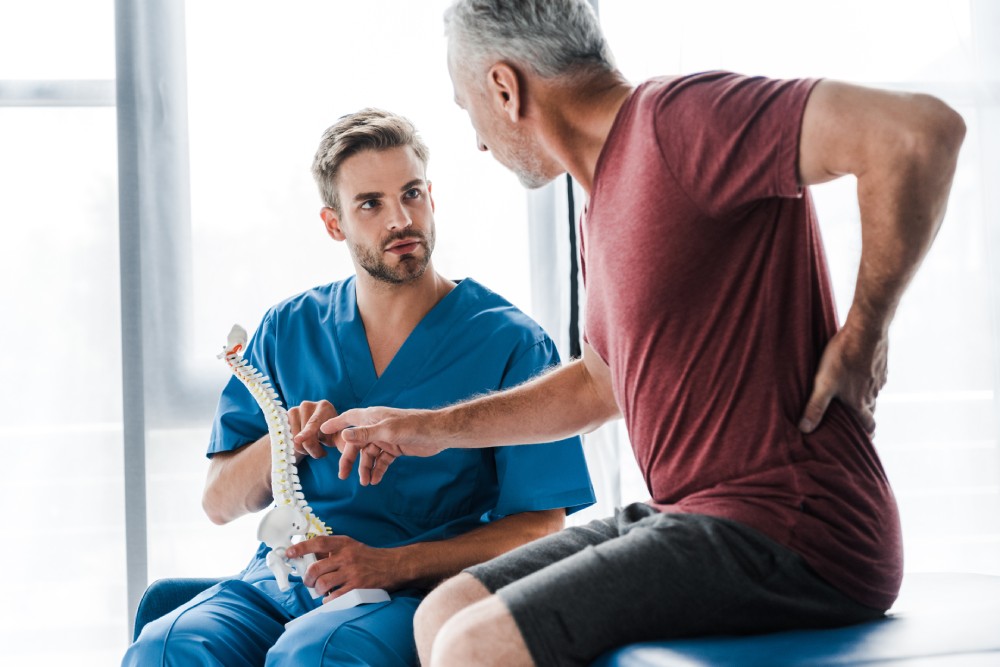
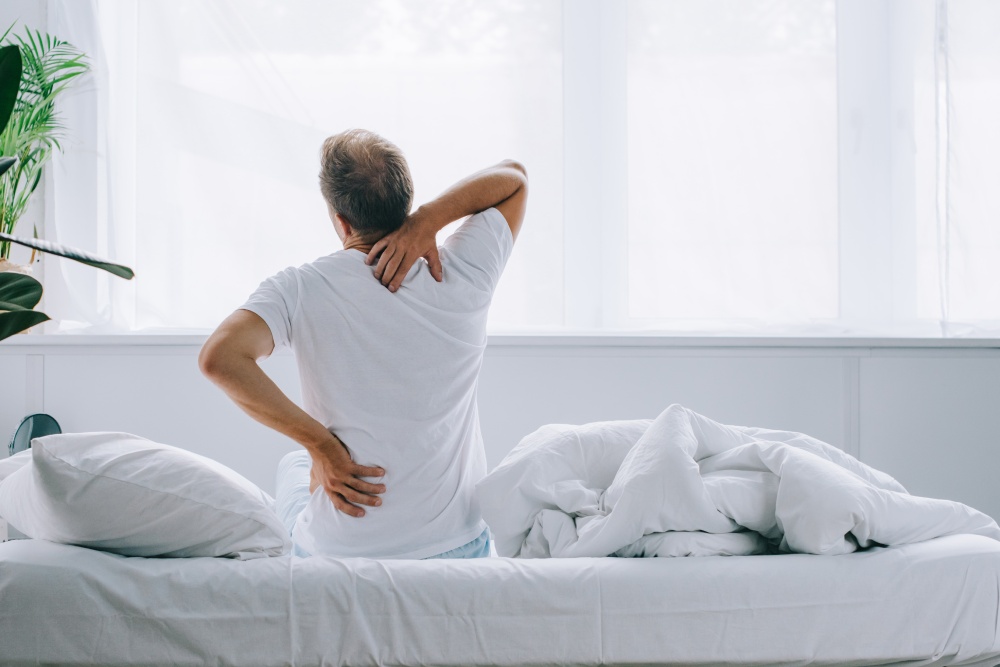
Degenerative Disc Disease or DDD is a naturally occurring condition that affects people as they age.
This happens when one or more discs between the vertebrae in the spinal column begin to show signs of wear and tear, usually by deteriorating or breaking down.
Individuals experiencing this condition need degenerative disc disease therapy to manage the symptoms and prevent it from getting worse.
These rubbery discs between the vertebrae allow the back to flex and bend. They act like shock absorbers that slightly contract and expand when the spine is moving. Over time, these discs become worn and lose their ability to sustain movement while protecting the vertebrae and the nerves around them.
DDD causes pain, weakness, and numbness that may extend to other parts of the body such as the arms and the legs, depending on which vertebrae are affected.
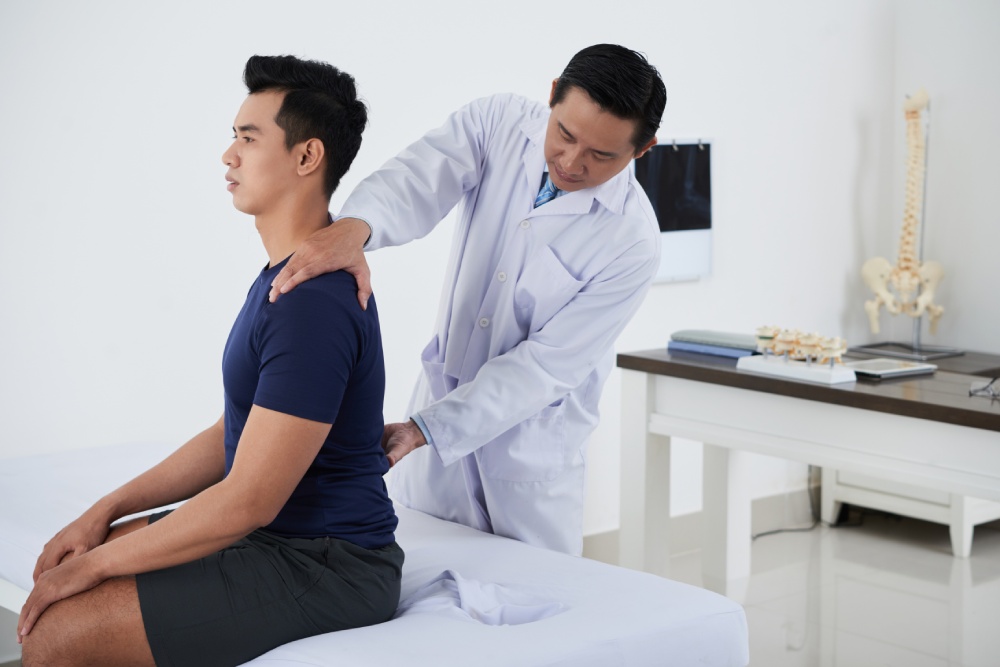

Despite having the word ‘disease’ in its name, DDD is not classified as a disease. It is a natural condition that’s considered a part of the aging process. Discs tend to wear out over years of use, normally leading to pain, instability, and other symptoms.
The “degenerative” in DDD does not refer to the progression of symptoms over time. Instead, the term refers to the overall process of the deterioration of the discs in the spinal column.
Although pain is a major symptom of DDD, it is not present in all cases. Some experience no pain while some may suffer from severe pain, to the point that it prevents them from standing up or moving.
Also, while disc degeneration does get progressively worse over time, the pain caused by this condition may not. In fact, in some cases, the pain may even begin to subside given enough time. This is due to a process explained in the degenerative cascade theory.
According to the theory, after some time of dysfunction and instability caused by DDD, osteophytes form which fixes the changes in the spinal column. These bony spurs destabilize the segment and help the dysfunction to subside.
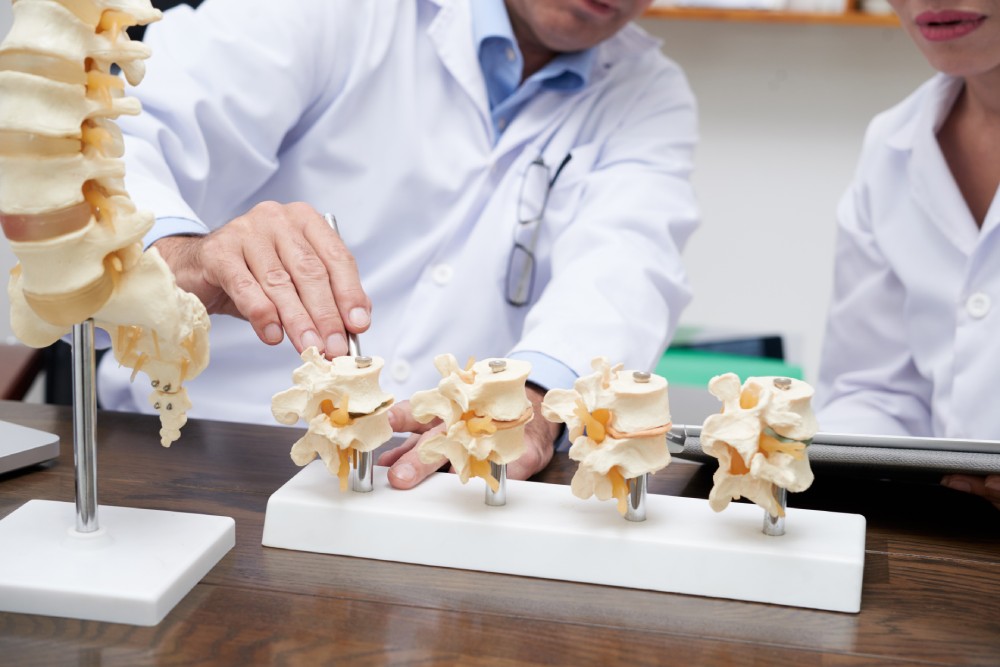
Like what was previously mentioned, pain may not always be present in people with DDD. That said, here are a few of the most common characteristics of pain associated with DDD:
Pain that worsens after twisting, bending, or flexing the back.
Pain that extends to legs, buttocks, and arms.
Pain that worsens after sitting.
Pain that may be intermittent, from a few days up to a few months.
Pain that may be alleviated after exercise or walking.
DDD can happen anywhere along the spinal column. Because of this, the pain may extend to different extremities over time.
If the damaged disc is located in the lower back or along the lumbar spine, the pain or numbness may radiate to the buttocks and the upper thighs. It can even extend to the lower legs and feet.
If the damaged disc is closer to the neck area or cervical spine, the discomfort, pain, or numbness may extend to the shoulder, up to the hands.
Here are other notable pieces of information about DDD symptoms:
DDD can lead to osteoarthritis or the wear and tear of the joints.
Muscle spasms can also occur as a way for the body to restabilize the vertebrae. This can be painful as well.
Individuals with DDD can experience bouts of intense, especially after certain positions.

The spinal discs are made of fibrocartilage tissue. As people age, the following changes occur in these discs.
A healthy, young adult has spinal discs that are made up of around 90% fluid. As a person ages, the fluid decreases which causes the discs to become thinner. This effectively reduces the disc’s ability to cushion bends and flexes.
When people age, small tears and cracks develop in the disc. This causes the soft material inside to leak out through these cracks, which eventually ruptures the disc.
To find out more about the cause of degenerative disk disease, click here.
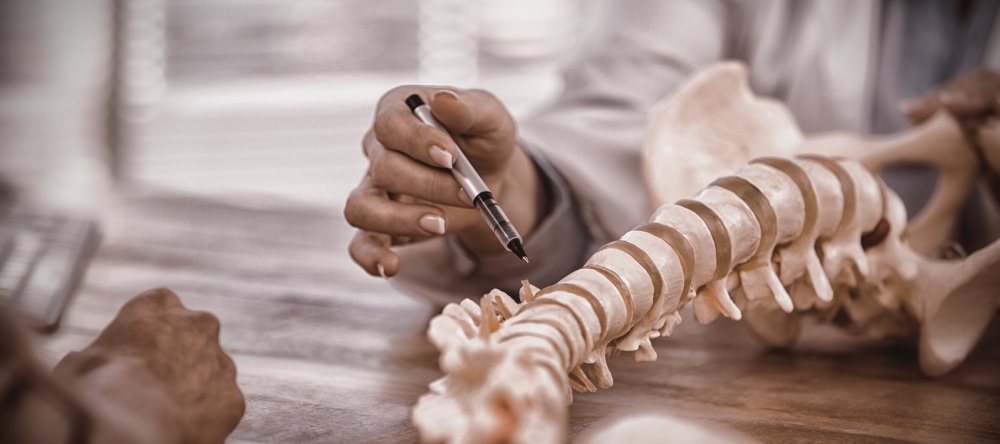
Doctors will conduct physical examinations that test the person’s muscle strength, whether there is pain when moving or in response to touch, and nerve function.
Doctors may also order imaging scans like MRI or CT to investigate the spinal nerves and the discs. In some cases, the doctor may also inject a dye to help with these scans.
Depending on the extent of the condition and the symptoms present, the doctor may recommend one or more of the following treatment options:
Pain Medication – Doctors may suggest anything from over-the-counter pain relievers like aspirin or ibuprofen to stronger drugs that require prescription. Medication that relieves muscle spasms may also be advised.
Steroid Injection – Doctors can also recommend a steroid shot in the epidural space in the back. These shots reduce inflammation and pain.
Surgery – A discectomy removes the injured part of the disc to reduce the pressure on the nerves. Doctors may also advise the replacement of the damaged disc with an artificial one.

The objective of these traditional treatments is only to ease the pain and arrest the progress of the condition, with only a 45% success rate.
Check out more information on disk disease and back pain relief on our BLOG.
In contrast, our treatment options work to address the source of the pain and make sure patients get lasting relief. We offer the following procedures for this purpose:

The most important element of healing is identifying the cause. The cause is a movement disorder somewhere else in the body that is creating more stress in the injured area than the tissue can handle. A full body movement assessment is the most important aspect in finding the true cause. This involves assessing how mobile and stable the areas above and below the injured tissues are. Once the dysfunctional areas are identified the physical therapist can then prescribe home treatments to fix the problem areas.
It's important to note that there are mountains of evidence in the scientific community that prove that Degenerative Disc Disease is not the cause of pain but the areas above and below not moving properly is the cause of pain. You can eliminate pain with DDD.
In order to improve motion in the dysfunctional areas that are causing the increased stress on the painful injured tissues the most effect way to make a change in the body is to have a physical therapist use their hands to facilitate the proper motion while you are moving at the same time. This helps improve the path the body takes in order to reduce stress and tenson on the injured area.
With the help of mechanical vibrations penetrating deep into muscle tissue, circulation, lymphatic flow, and even tissue regeneration are all improved. The procedure also promotes lactic acid cycle which addresses a common pain source.
This treatment stresses patient empowerment through a series of exercises that target pain points in the back. It centralizes the symptoms into the middle line of the body where further exercise can completely eliminate pain and discomfort.
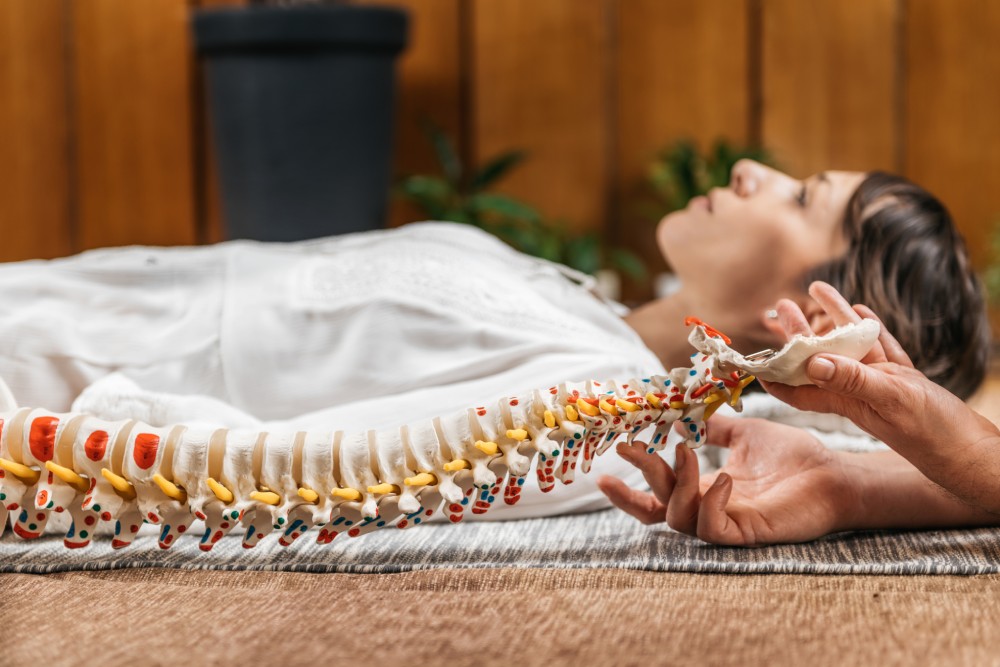
To find out which of the above treatments are ideal for your pain, book a free consultation with our Dr. Andrew Gorecki. With just a quick and easy 15-min conversation, we can start to unravel the cause of your pain and come up with a treatment plan to address it.
Dr. Gorecki has been working hand-in-hand with patients for 15 years, providing lasting relief from pain, pressure and trauma. His “Superior Method” has helped several patients lead pain-free lives.
Call us at 231.944.6541 or send an email to info@thesuperiortherapy.com to get lasting relief from your DDD.
